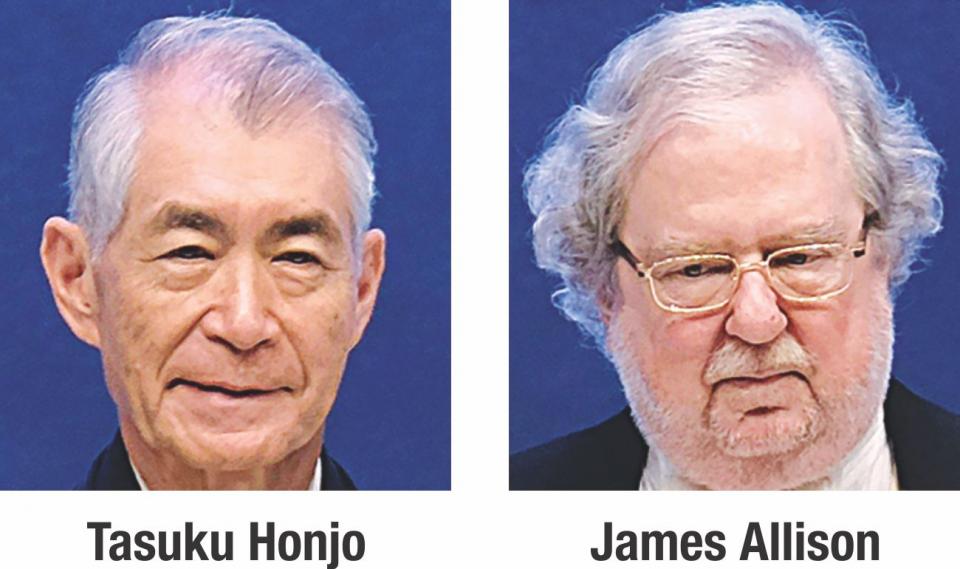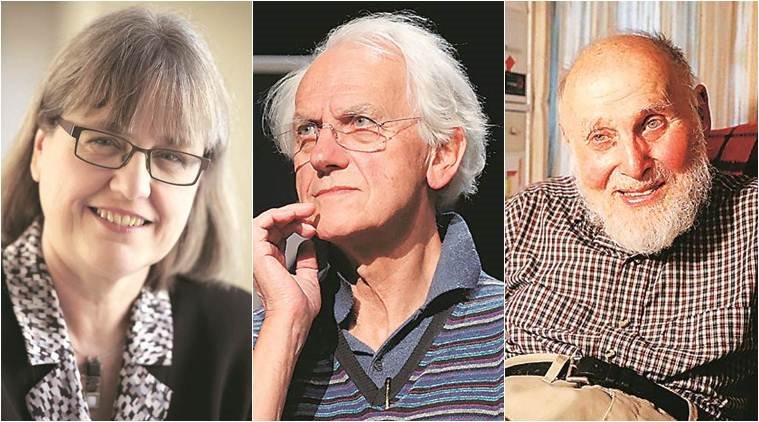The first week of October is always an exciting time in the scientific community; it’s when the Nobel Prizes are announced. The order of announcement changes ever year and this year it went Medicine, then Physics and finally Chemistry so I’ll follow that order as well.
The two winners of the 2018 Nobel Prize in Medicine and Physiology are Doctors James P. Allison of the University of Texas M. D. Anderson Cancer Center and Tasuku Honjo of Kyoto University. The research conducted by the two scientists consisted in both understanding why our immune systems refuse to attack the cancer cells that are destroying our bodies along with discovering the first drugs that enable our immune systems to fight cancer.

This has always been the biggest difficulty in fighting cancer, because cancer cells are actually our own cells gone berserk the white blood cells in our immune system won’t fight them. For decades scientists have searched for some way to alert those white blood to attack the cancer cells.
Drs. Allison and Honjo worked by studying the chemical ‘checkpoints’ that white blood cells use to recognize ‘friendly’ cells. Dr. Allison succeeded in identifying one such checkpoint that he called CTLA-4 while the checkpoint Dr. Honjo discovered he named PD-1. Once these two checkpoints were understood it became possible to develop drugs that inhibited their function. Without the correct recognition signal the white blood cells now attacked the cancer cells.
This new technique is not without its problems. For one thing it is expensive, the chemical checkpoints differ for every person. For another the drug sometime simply fail to work and rarely they can even cause the patients immune system to begin attacking healthy cells. Nevertheless, checkpoint inhibitors as the drugs are known, have brought miraculous recoveries in patients whose cancer had been deemed untreatable by other techniques. The work of Drs. Allison and Honjo has brought us a powerful new weapon into our fight against cancer.
The three winners for the 2018 Nobel Prize in Physics are all pioneers in the use of Lasers in both biology and medicine. Doctor Arthur Askin of Bell Laboratories received his share of the prize for his development of lasers as ‘Optical Tweezers’. You see the particles of light do have momentum and a beam of light can direct ‘radiation pressure’ on an object it strikes. This allowed Dr. Askin to employ the intense light of lasers to actually to hold and even manipulate tiny objects such as individual cells and even down to single atoms.

The two other scientists sharing the physics prize are Doctor Donna Strickland of the University of Waterloo and Gerard Mourou for their work in high intensity, short pulse duration lasers. The work of Drs. Strickland and Mourou has had extensive applications in industry and medicine and is perhaps best known for it use in Lasik eye surgery.
This years physics Nobel also garnered some attention because Dr. Strickland became the first woman in fifty-five years to receive the award, and only the third woman ever. The only comment I’ll make on that aspect of the award is that I hope the day soon comes when the sex or ethnicity of a Nobel Prize winner is a matter of no importance whatsoever.
Finally we have the 2018 recipients of the Nobel Prize for Chemistry who are Francis H. Arnold of the California Institute of Technology along with George P. Smith of the University of Missouri and Sir Gregory P. Winter of the MRC Laboratory of Molecular Biology at Cambridge, UK. All of these scientists have worked in the field of organic chemistry with some of the most complex chemicals known to science.

Doctor Arnold’s research has concentrated on “the directed evolution of enzymes” those organic catalysts that perform so many important functions in living creatures. Meanwhile Dr. Smith developed a technology known as ‘phage display’, using a virus that infects bacteria to develop new forms of proteins while Dr. Winter used phage display to direct the evolution of antibodies, thereby producing new pharmaceutical drugs. Many drugs are now being developed by this technique including some that neutralize toxins, combat rheumatoid arthritis, psoriasis and other autoimmune diseases.
The yearly choice of those scientists who receive the Nobel Prize is often the only time that the important work being carried out by scientists receives any publicity in the news media. Perhaps, given the acrimonious, contentious and partisan nature of so much of our news these days it might do us good if our nightly news programs spent a little more time on stories about the advances of science being made everyday. Stories like those about this year’s Nobel Prize recipients.

Professor Prem raj Pushpakaran writes — 2022 marks the birth centenary year of Arthur Ashkin!!!
https://www.youth4work.com/y/profpremrajpushpakaran/Prof-Prem-Raj-Pushpakaran-popularity
Professor Pushpakaran
Thanks for pointing that out, I missed it. Living just across the river from Bell Labs, and having visited the place several times, I’ve always taken an interest in the great work that was accomplished there! Thanks again!
Bob L